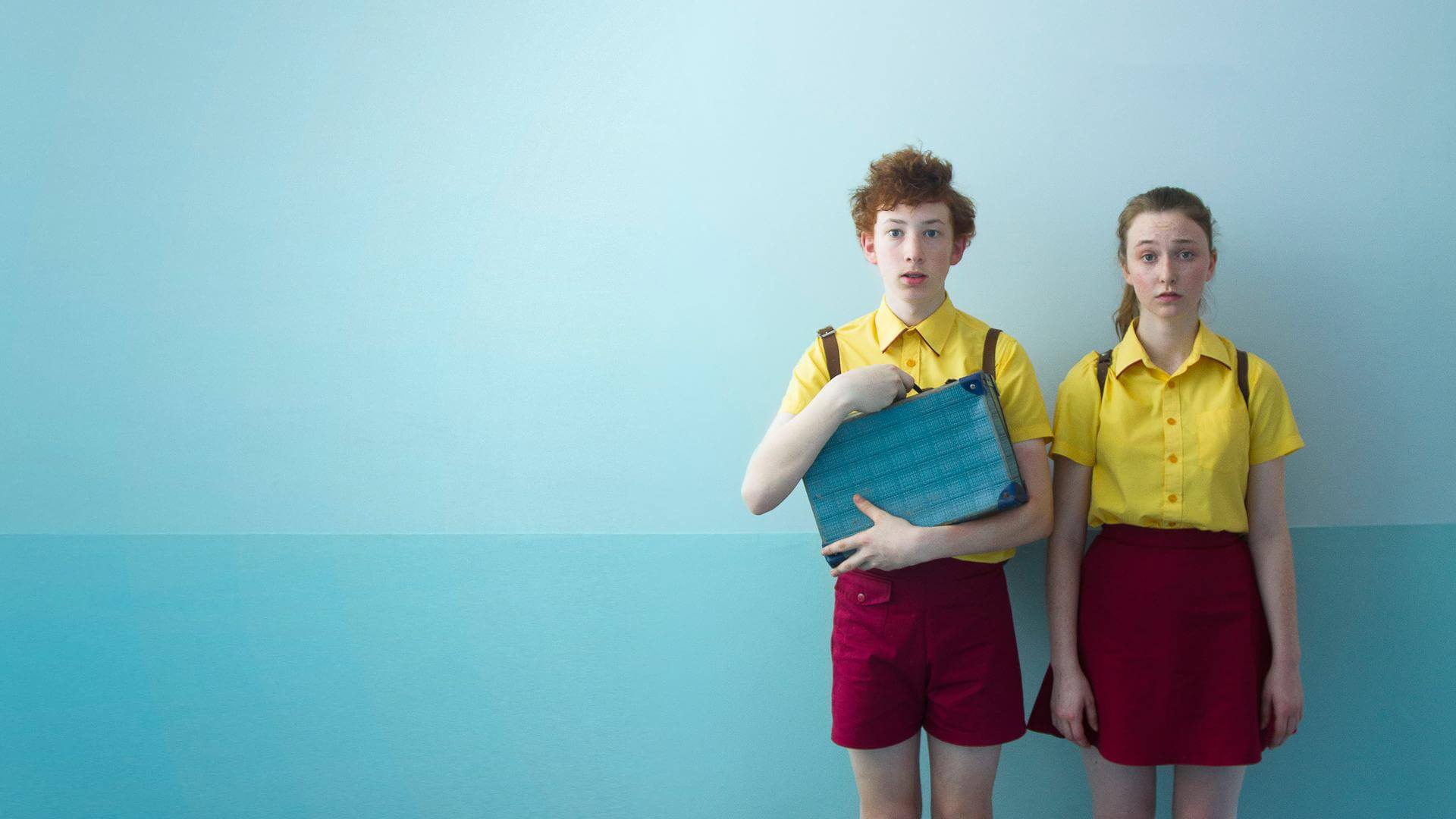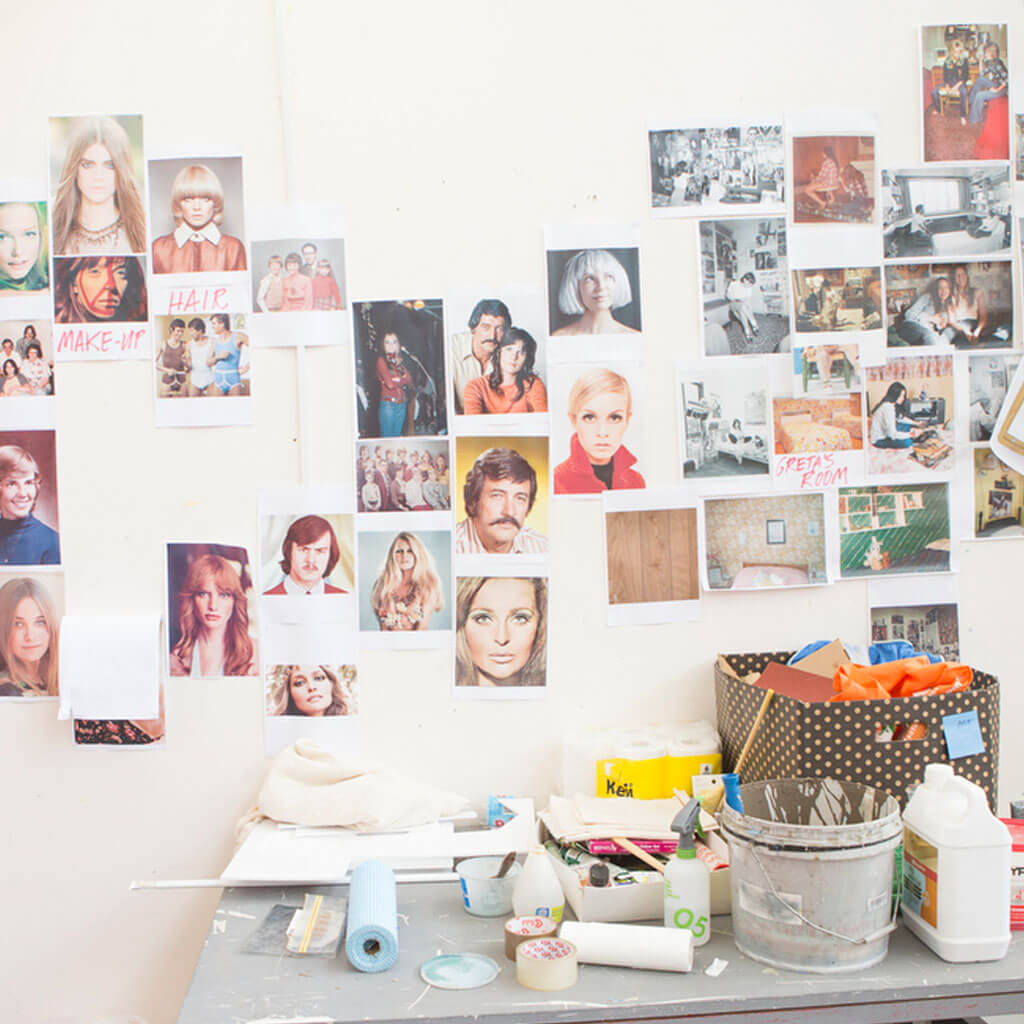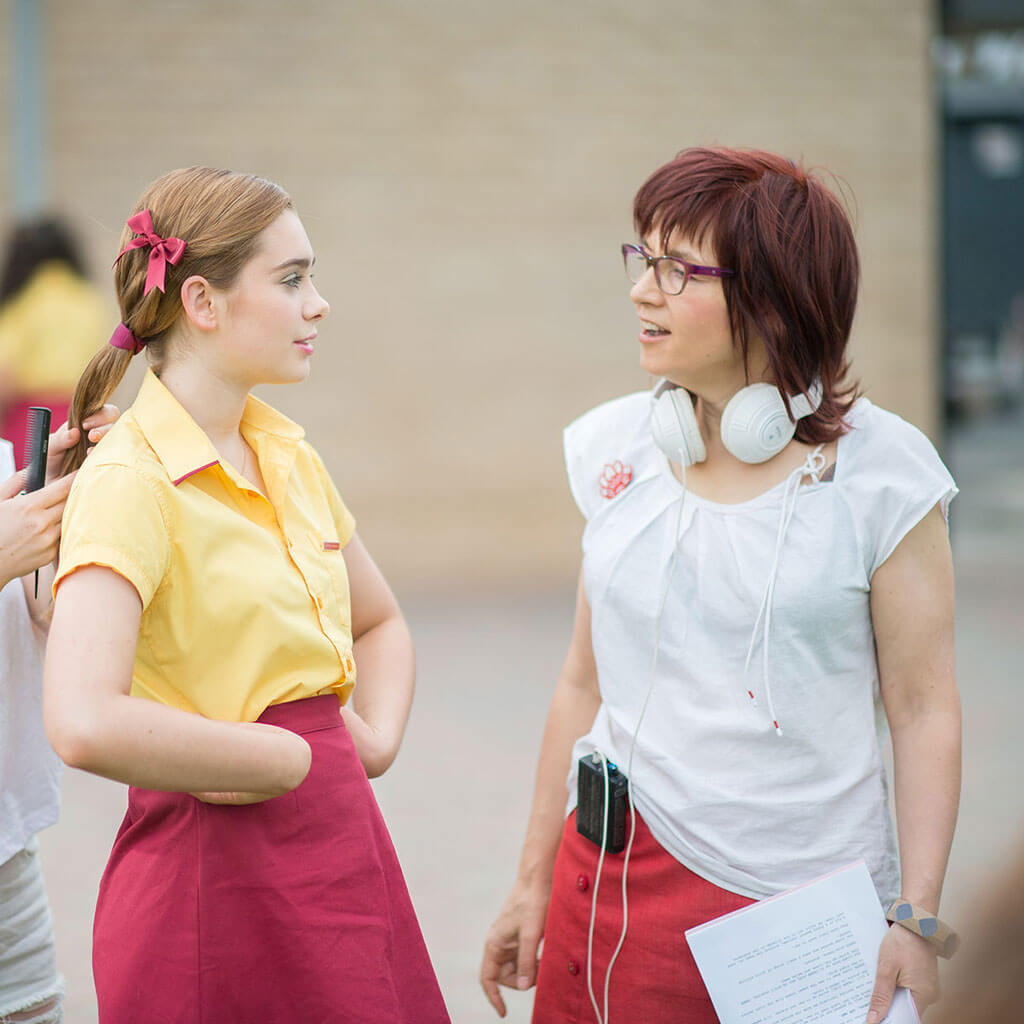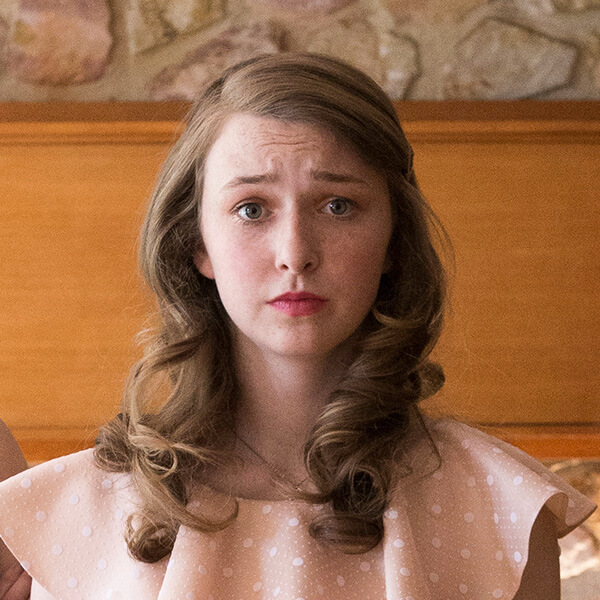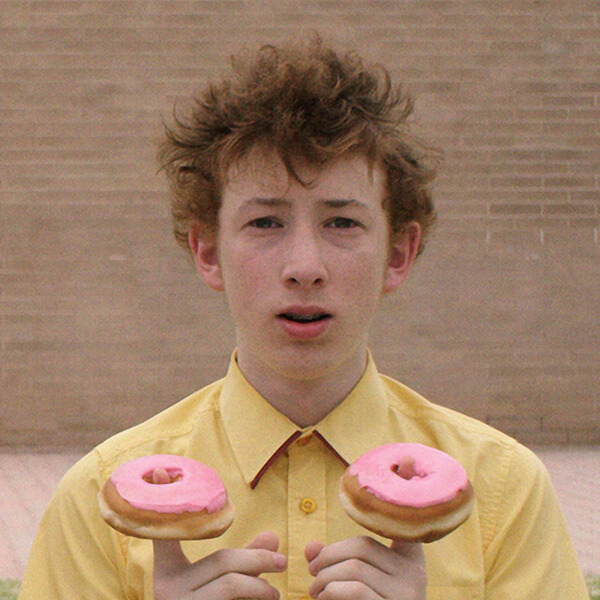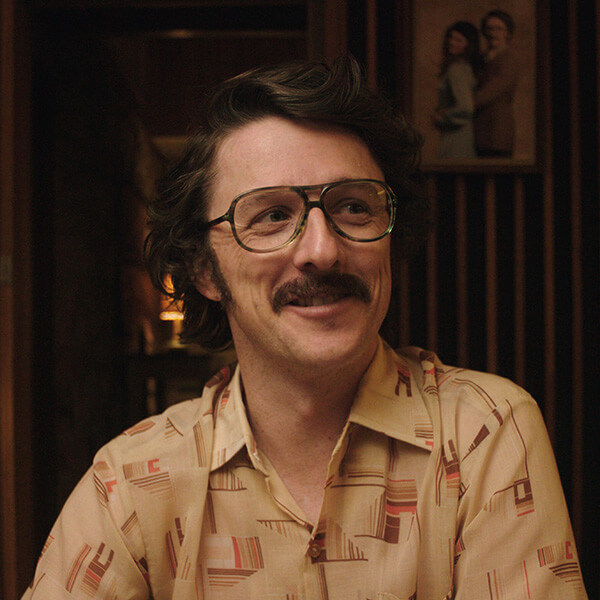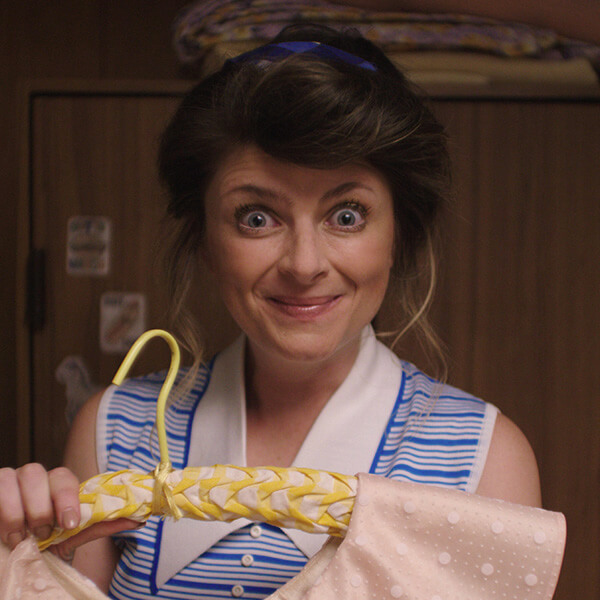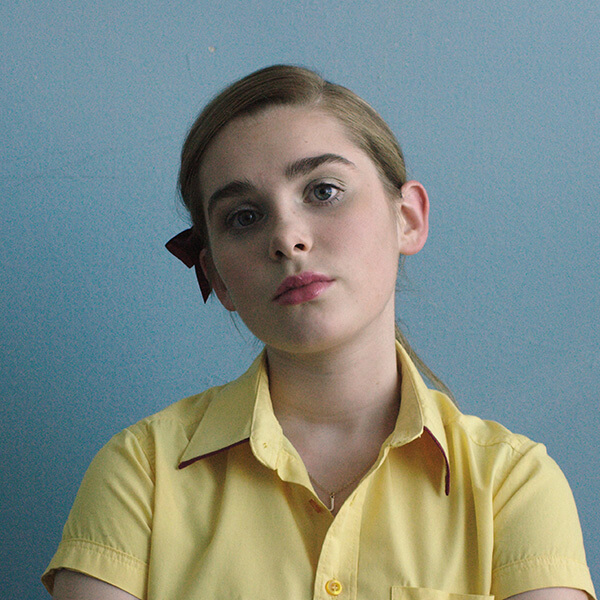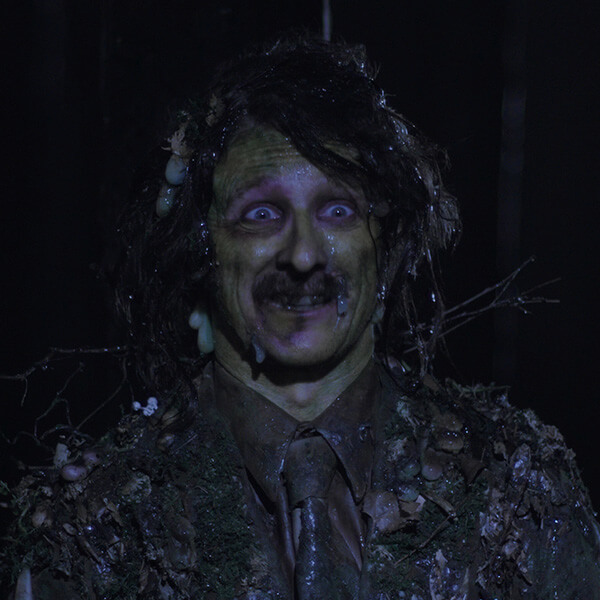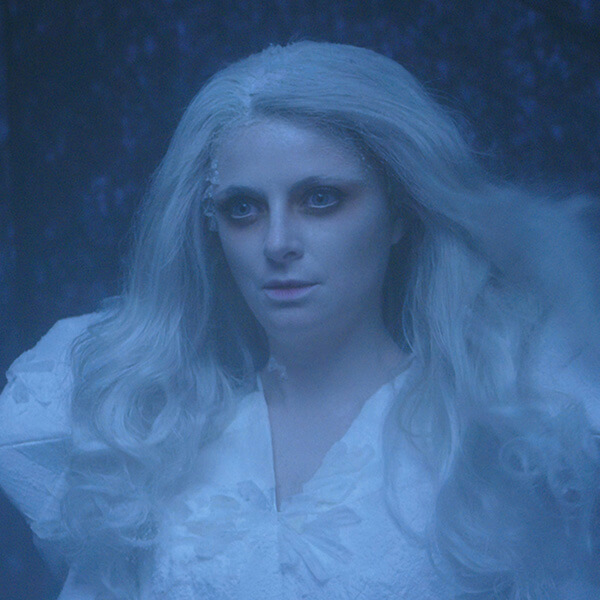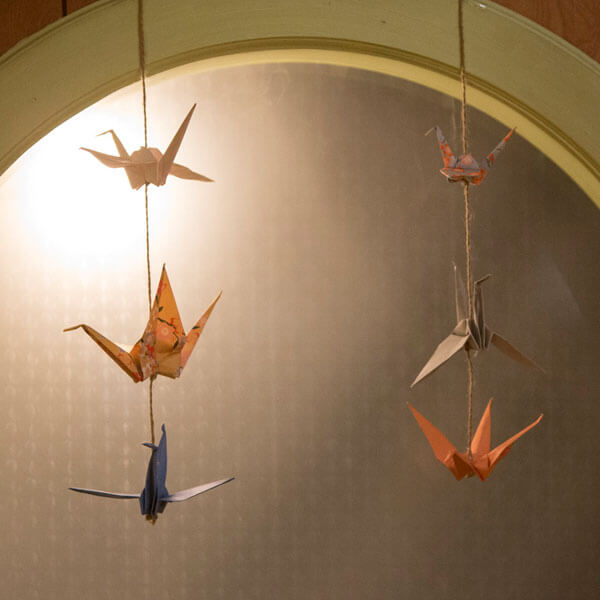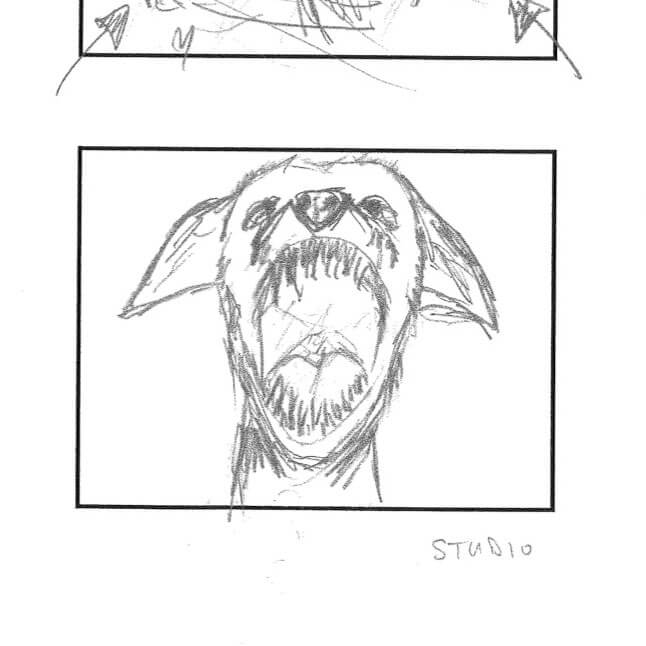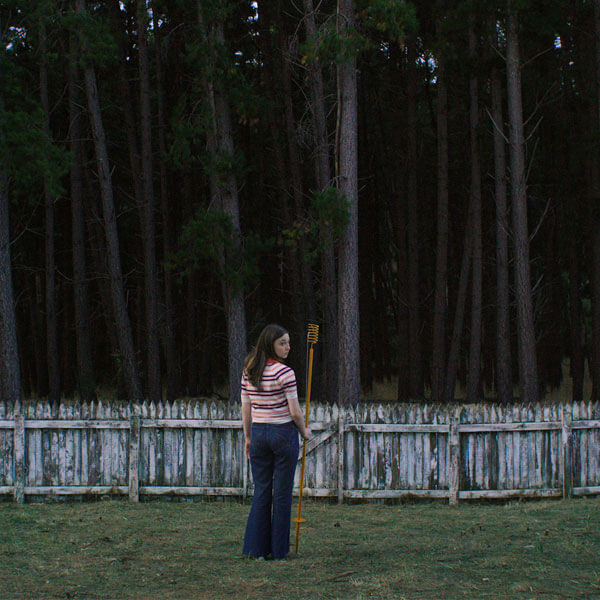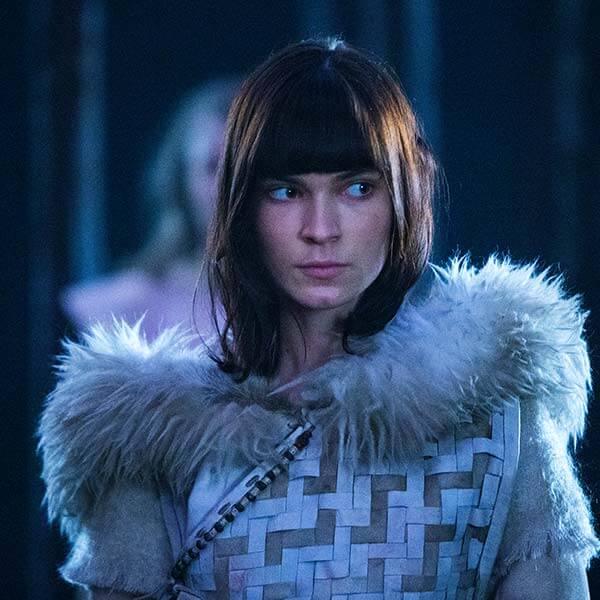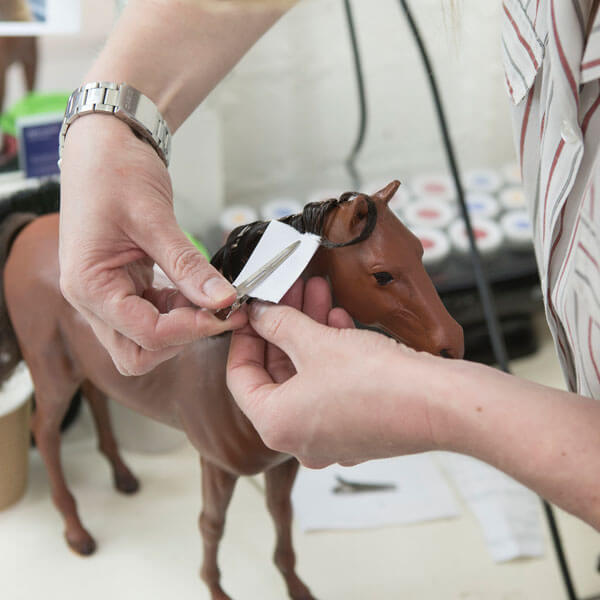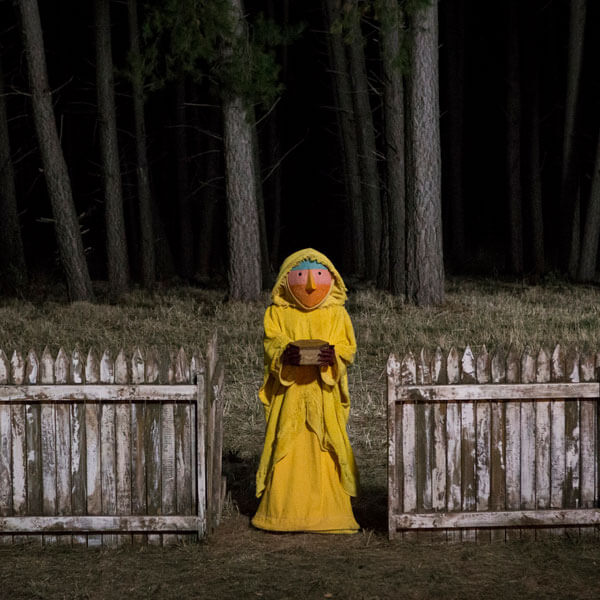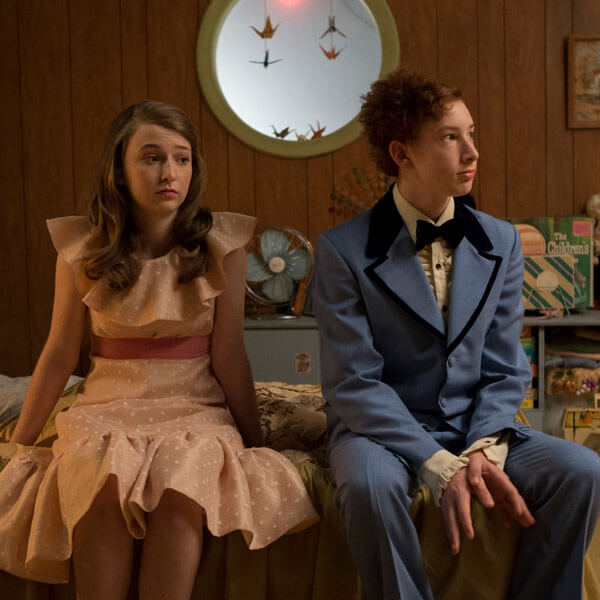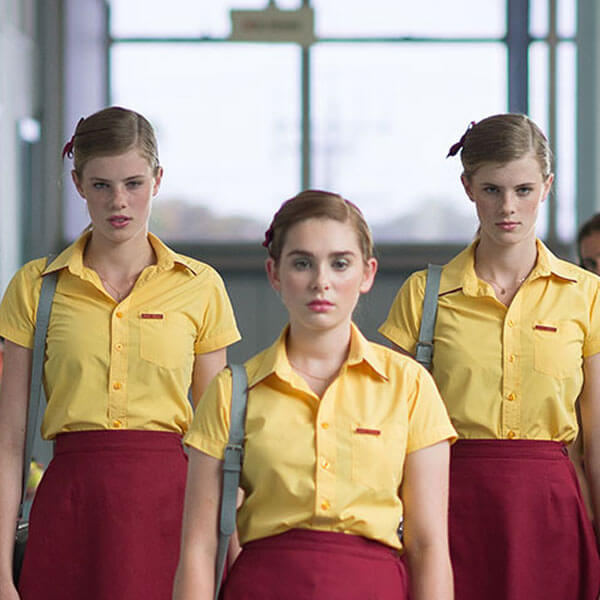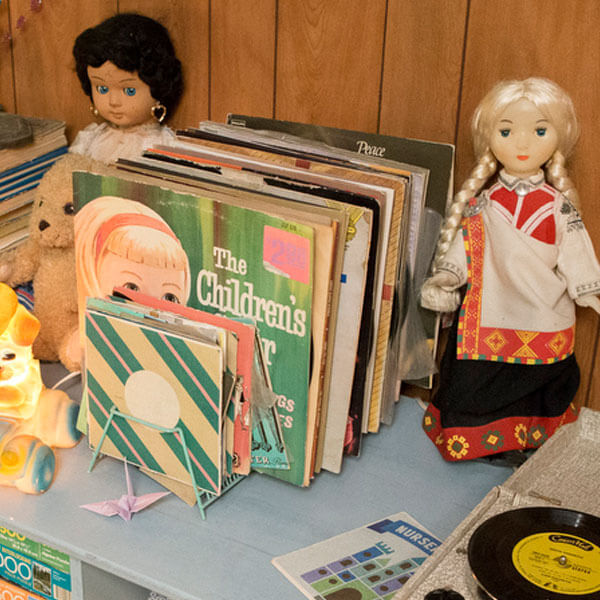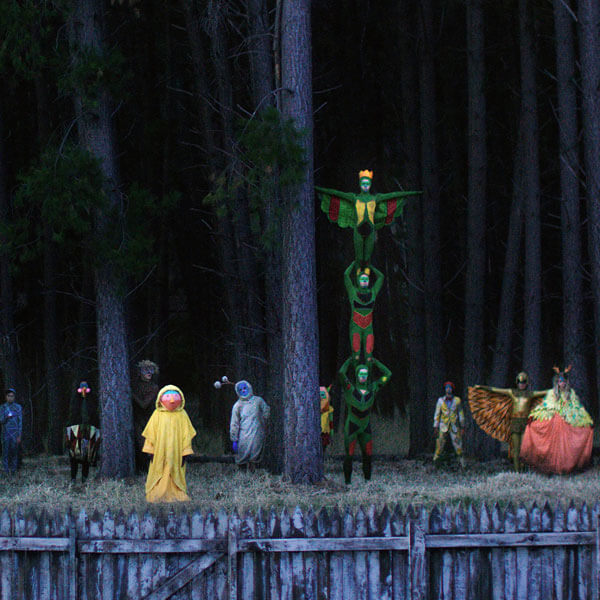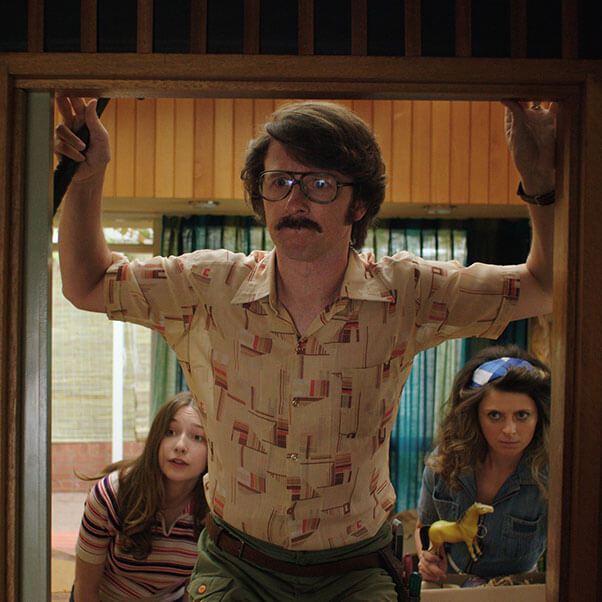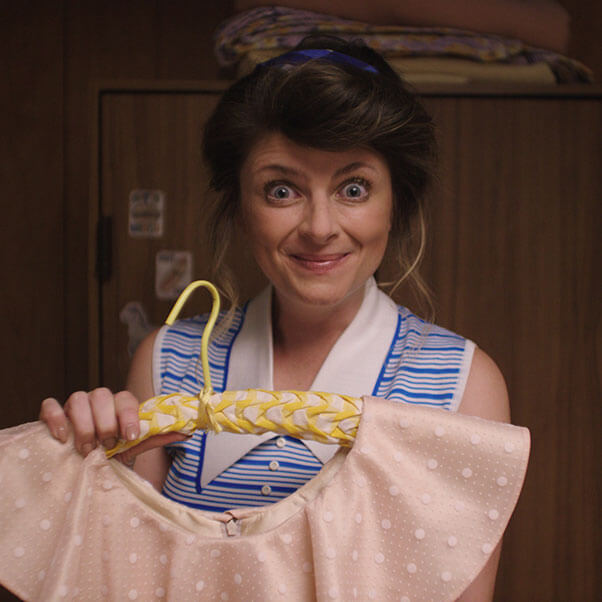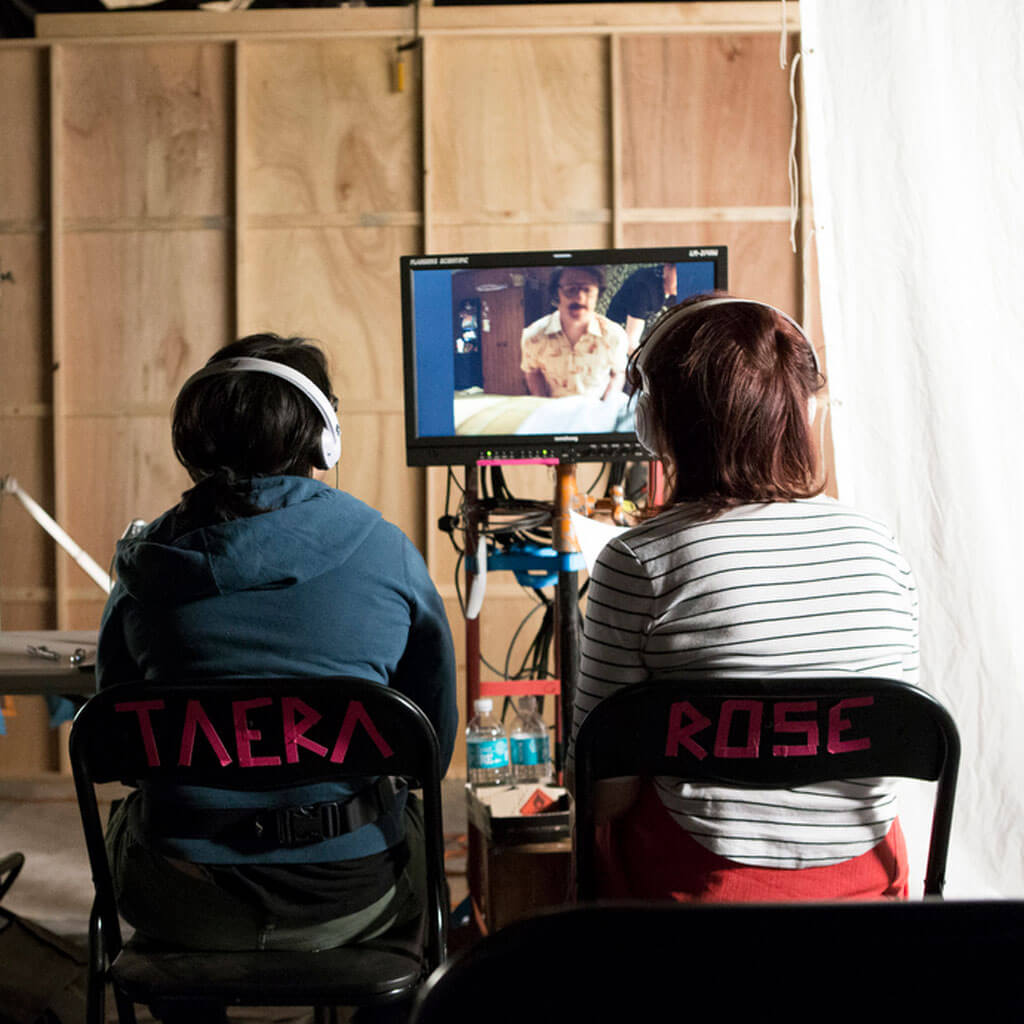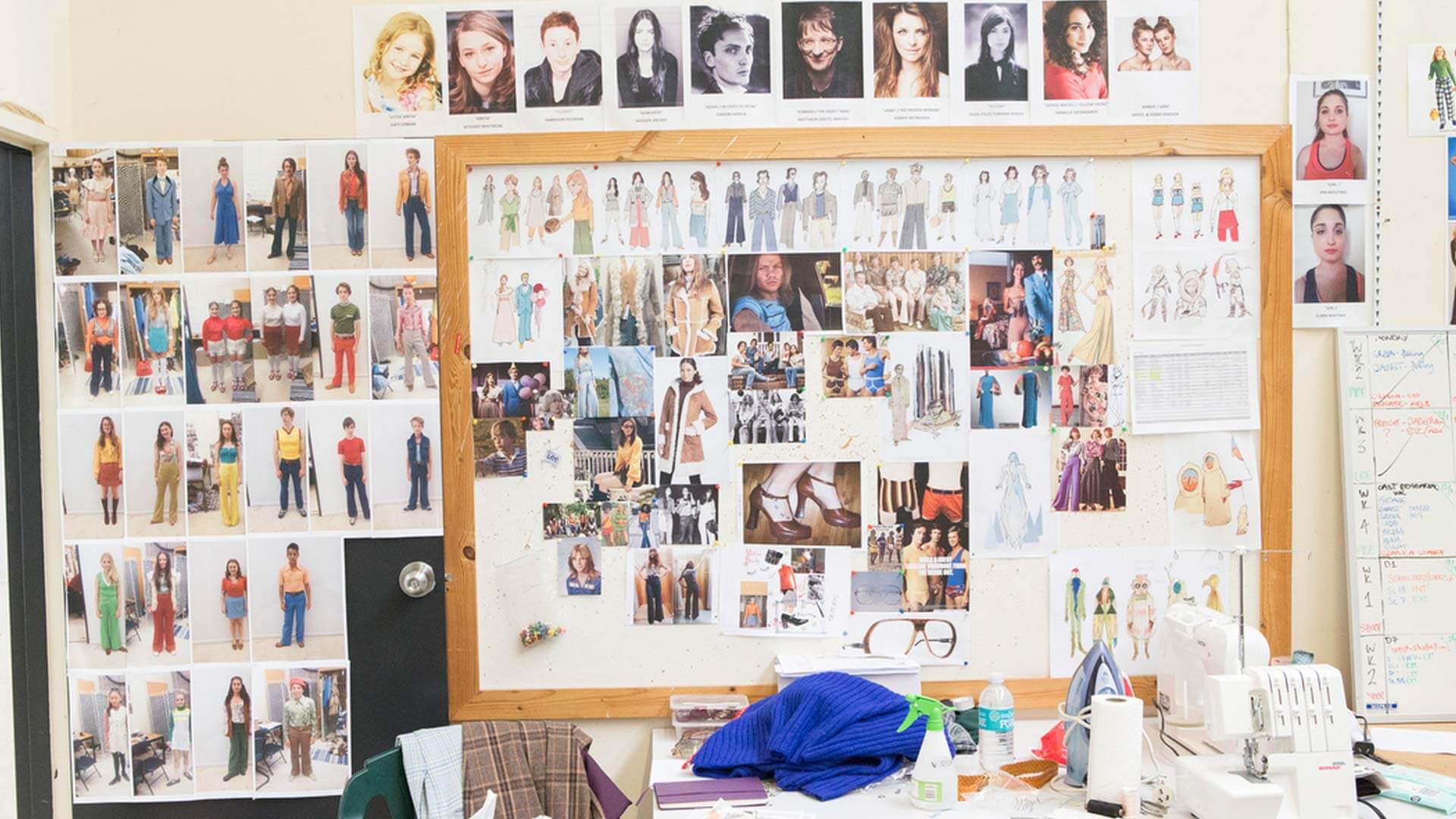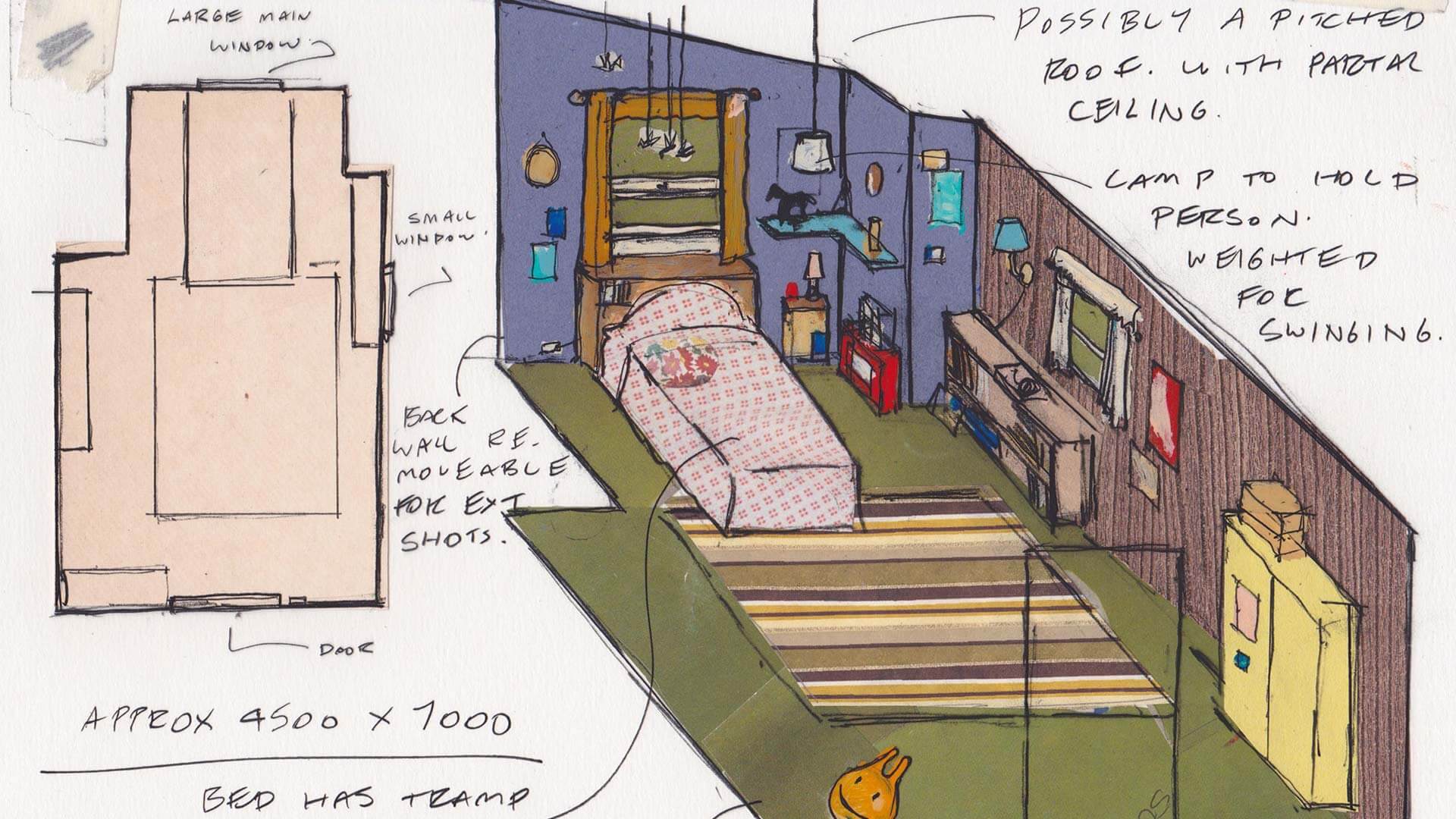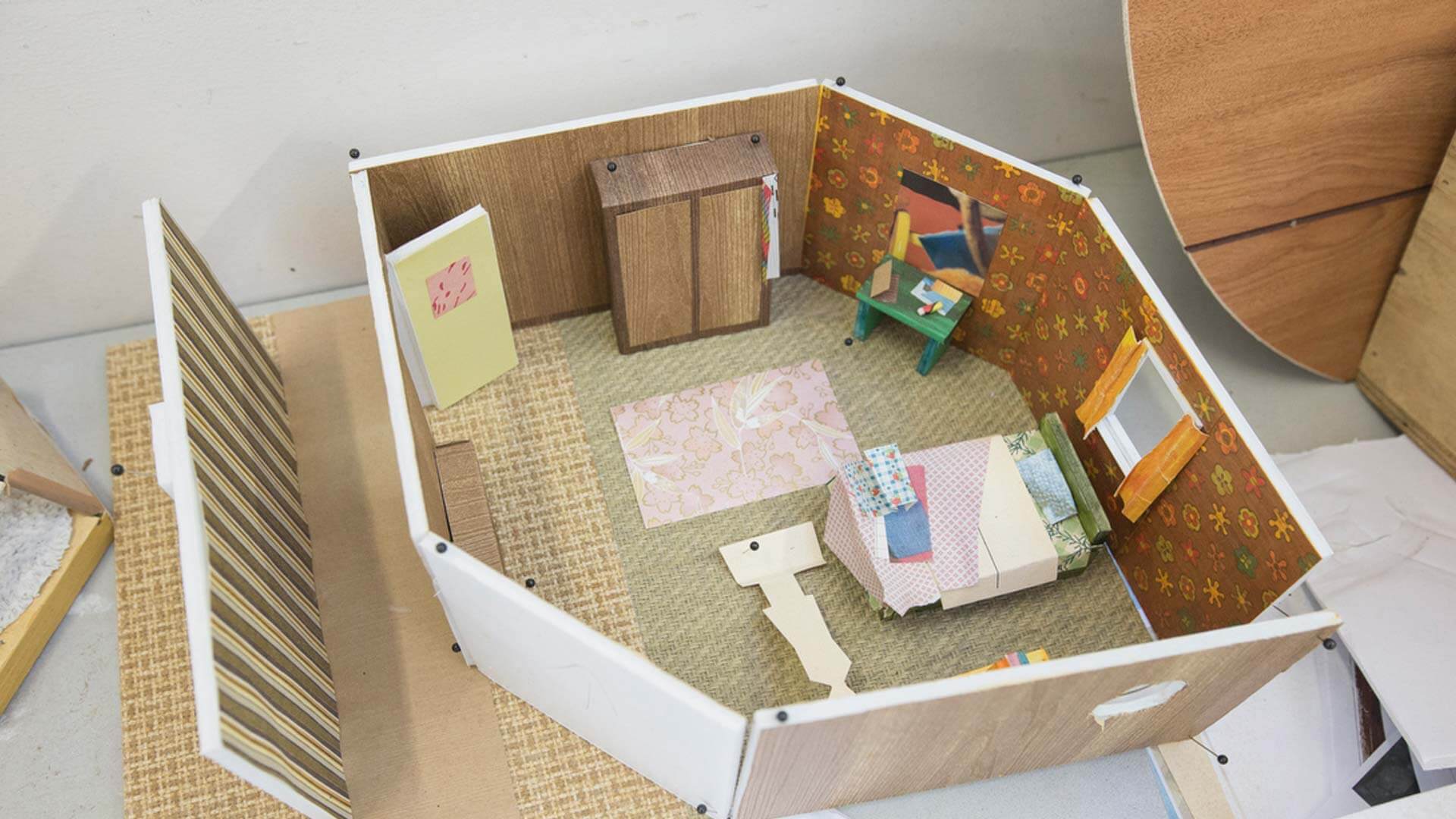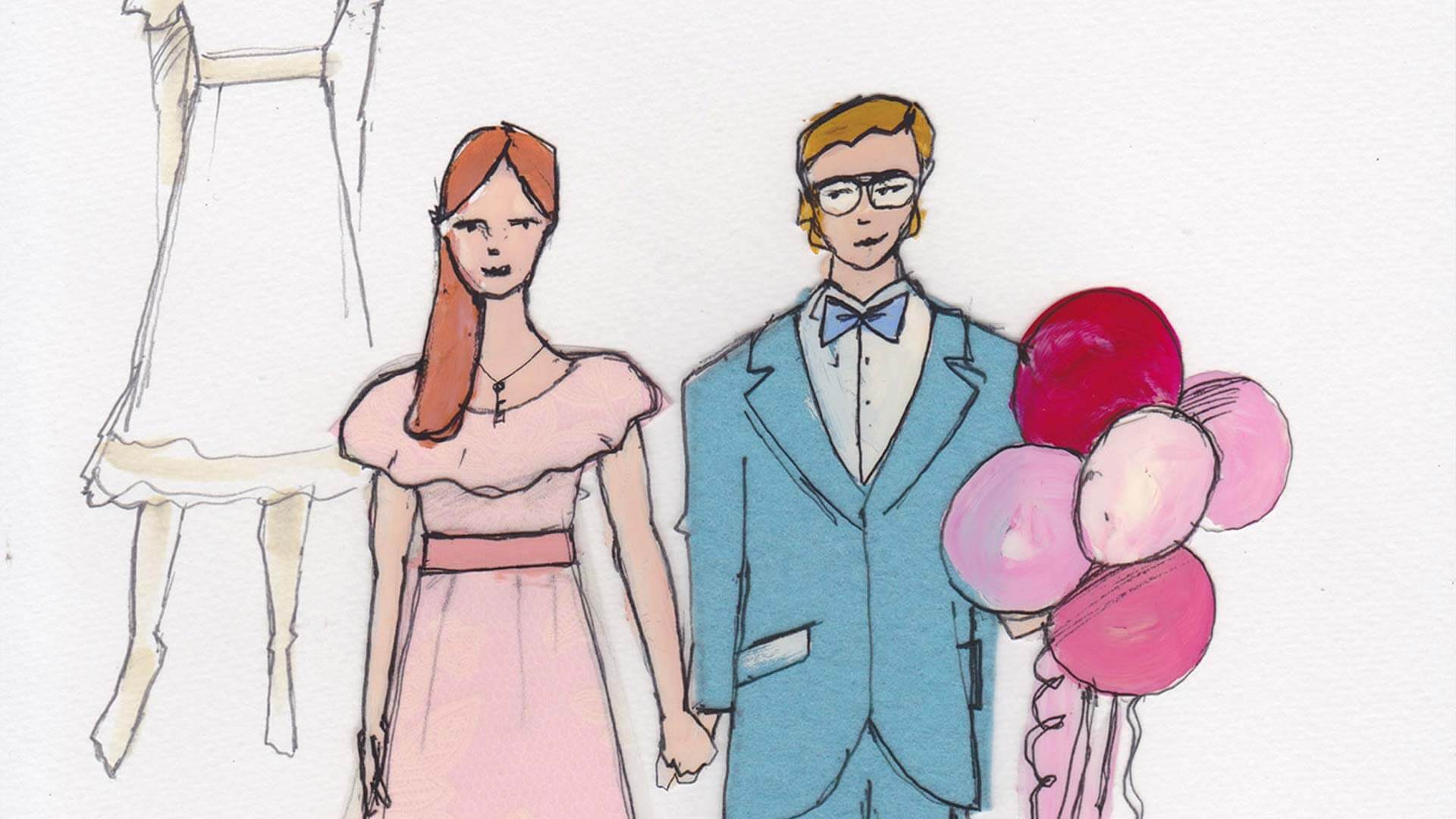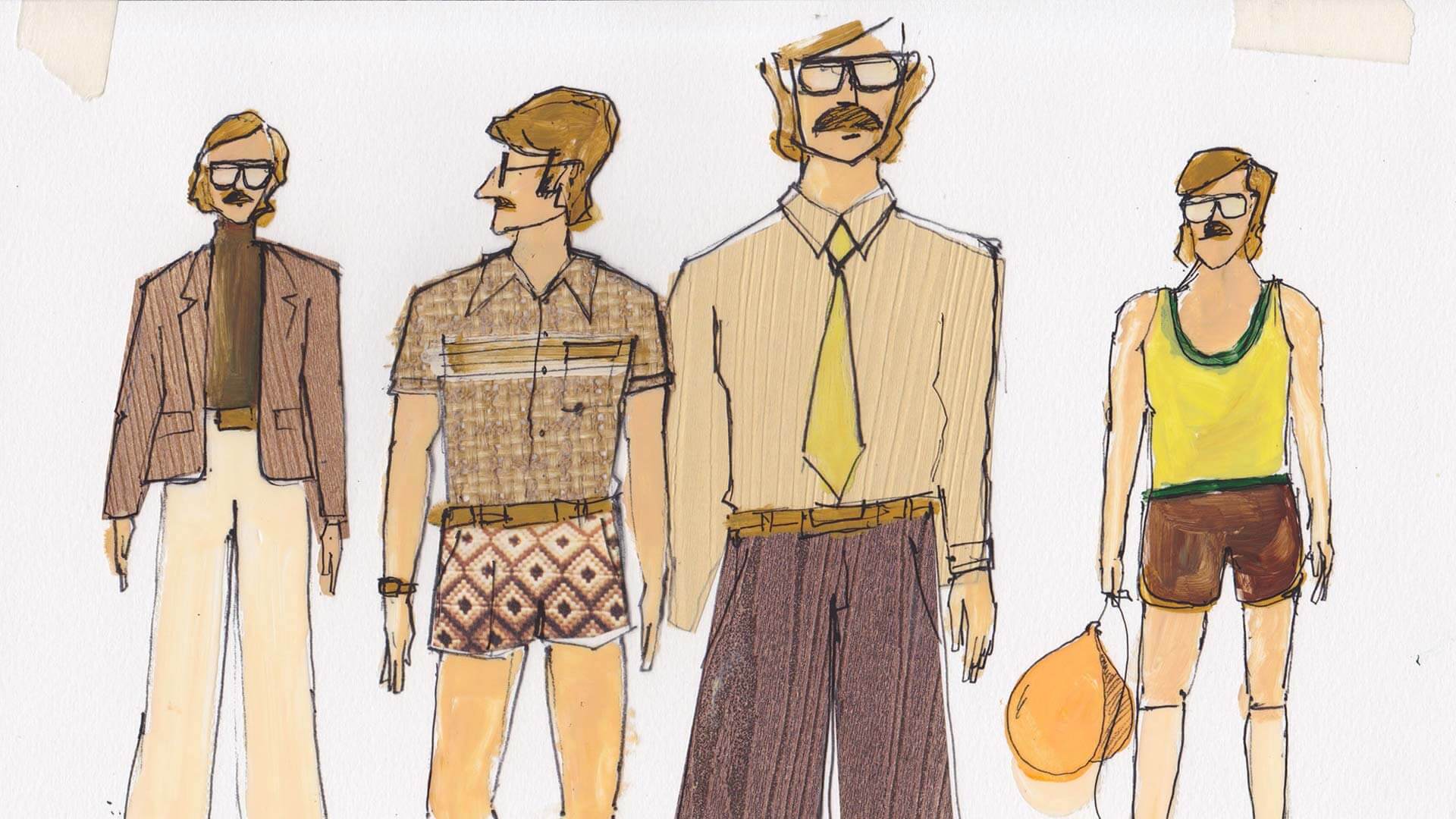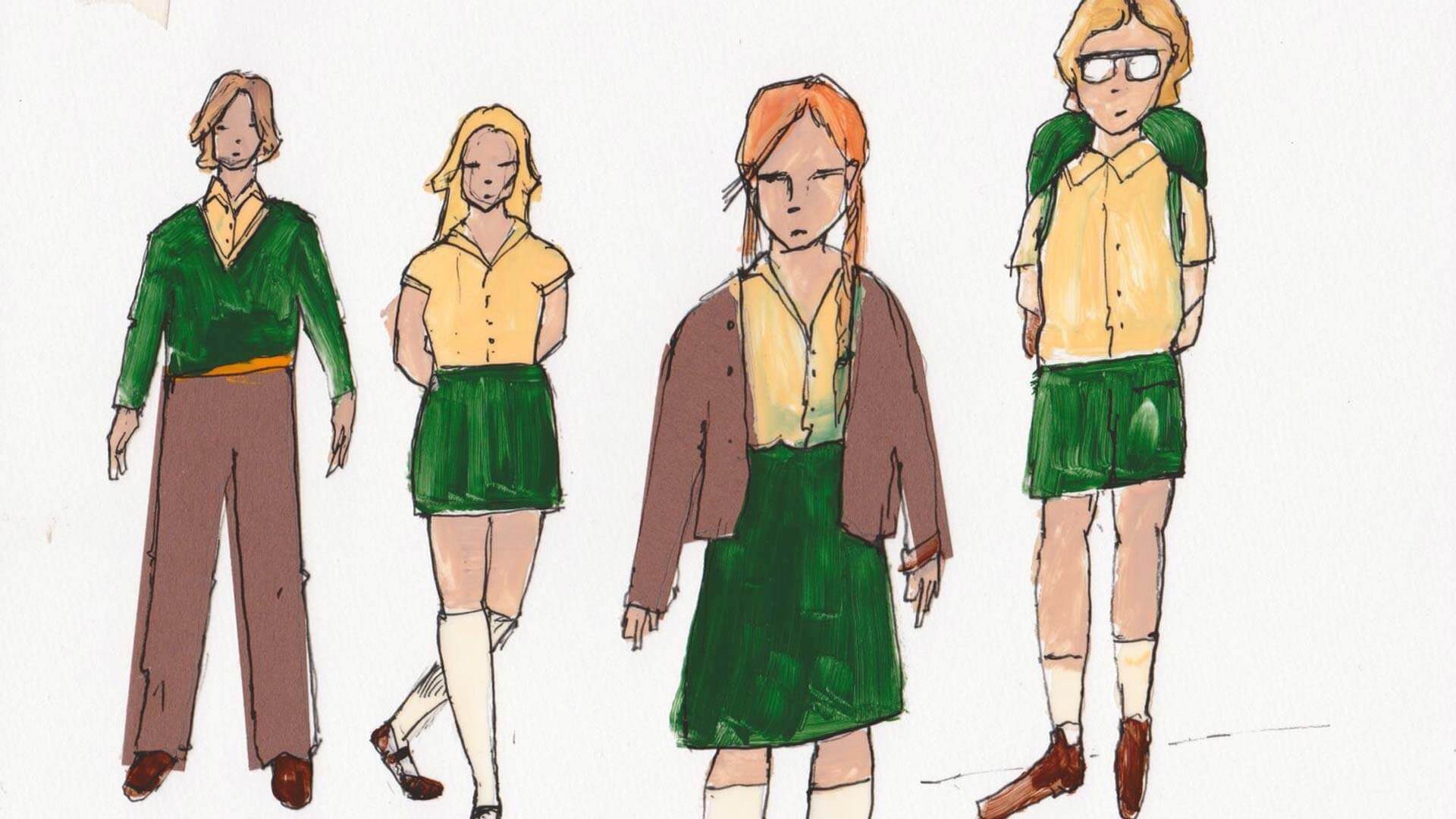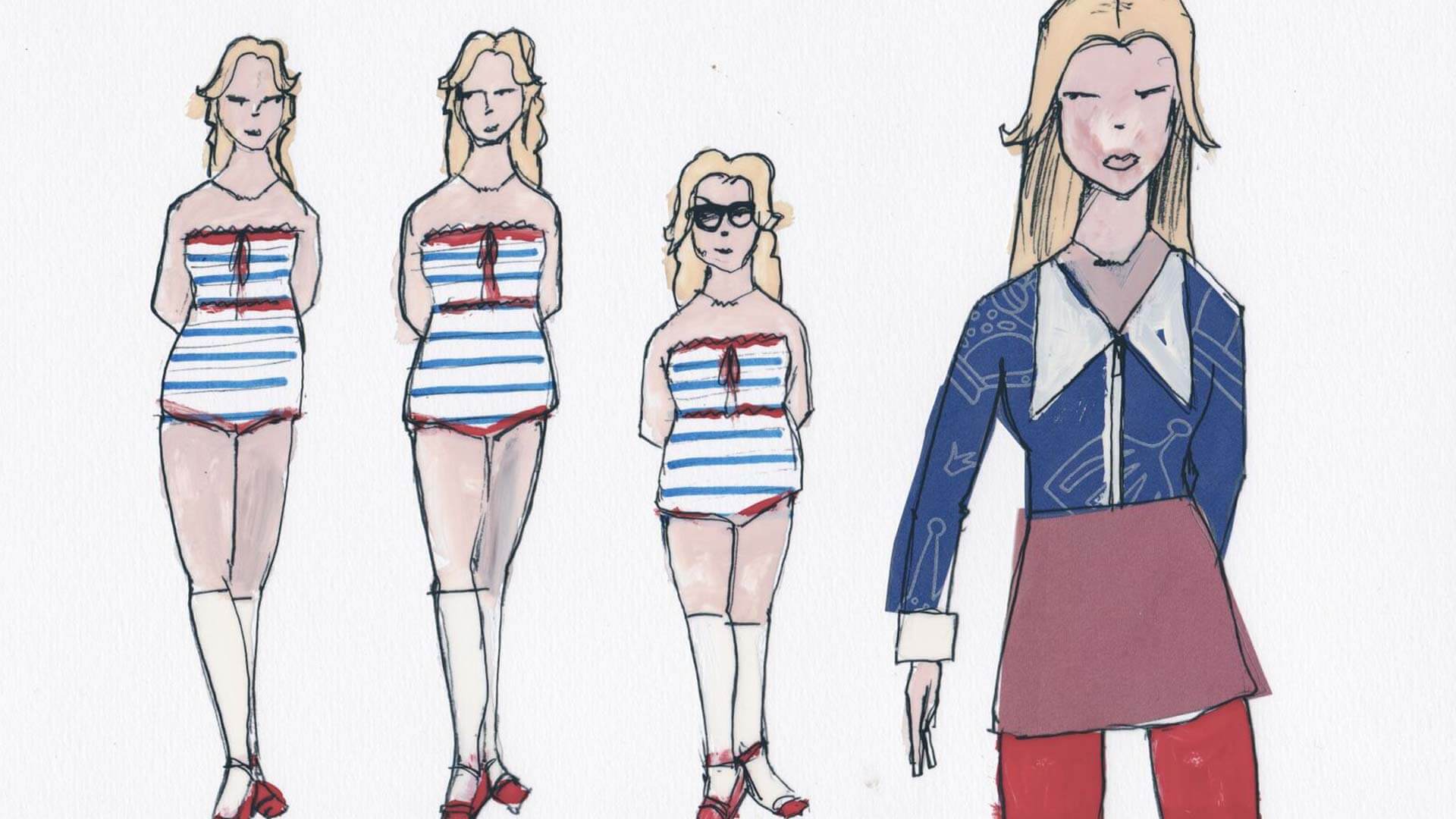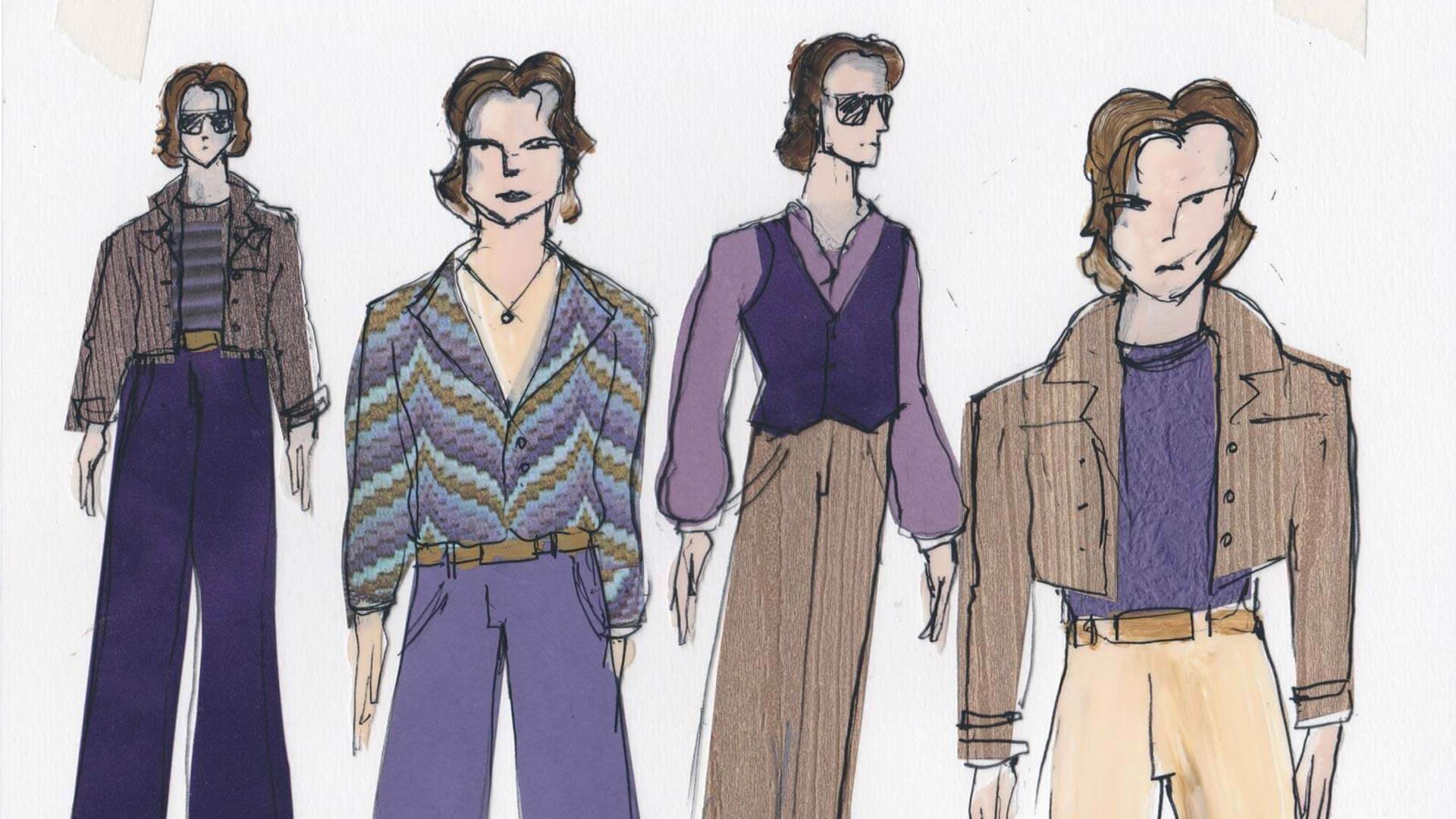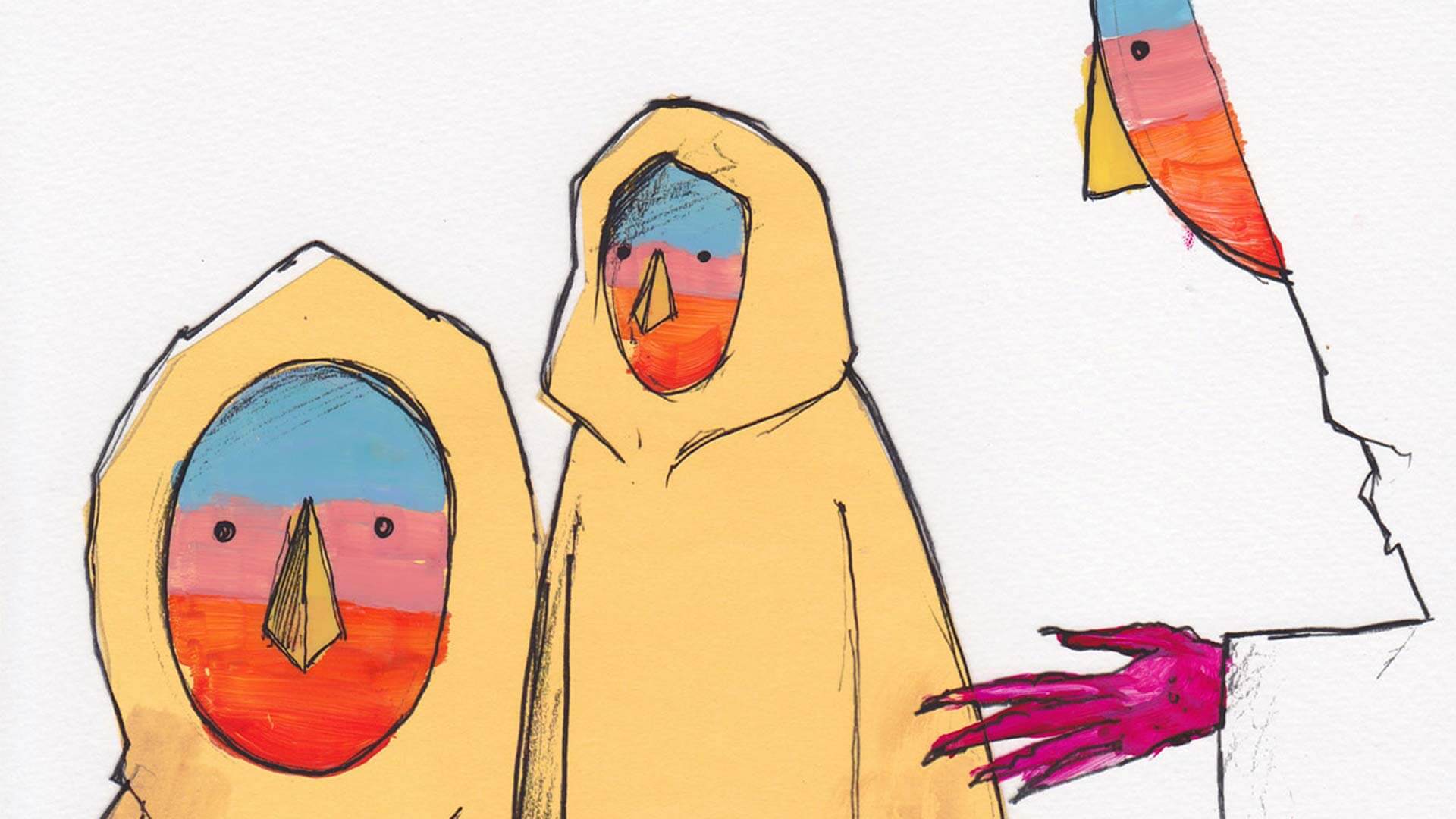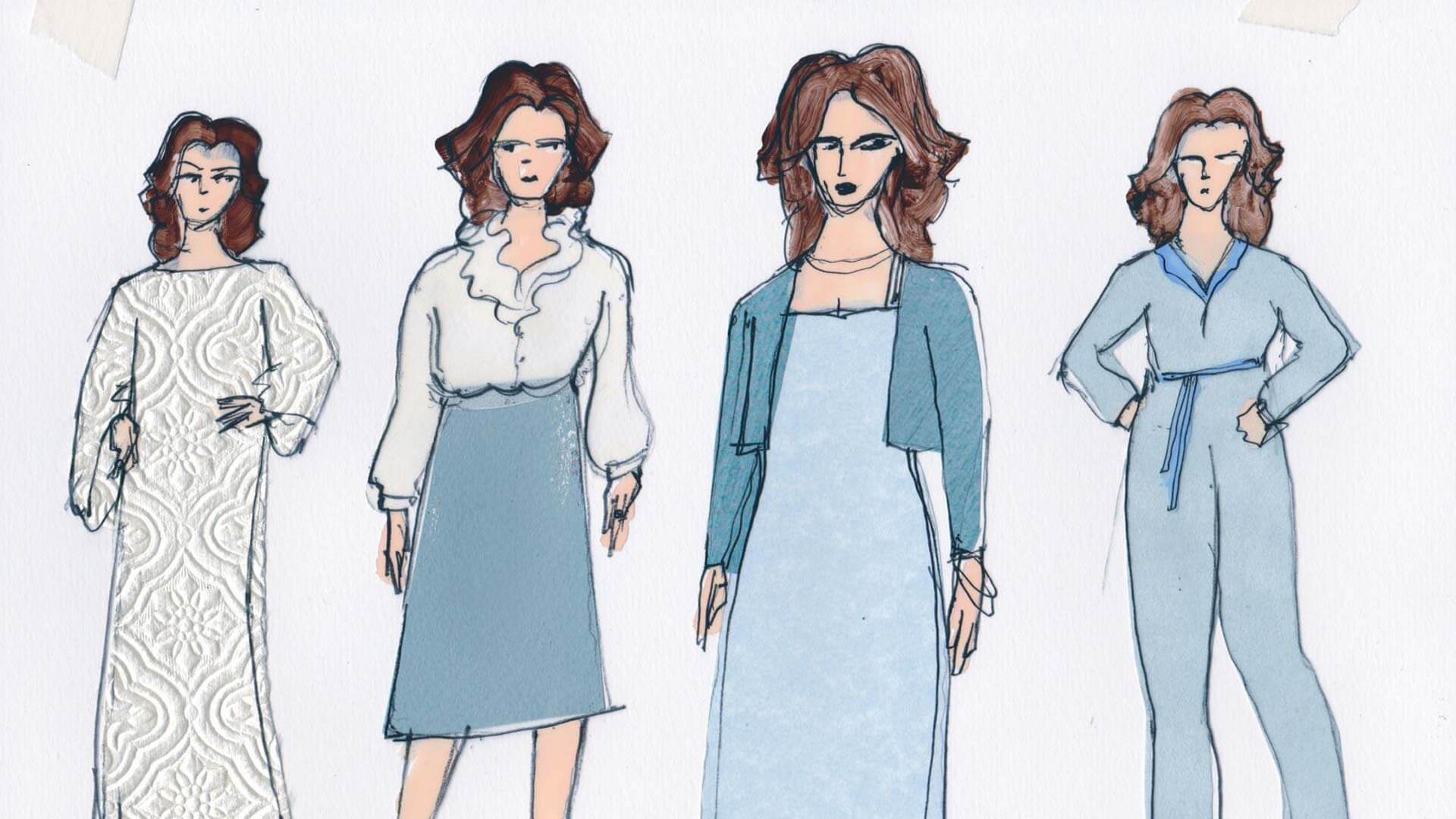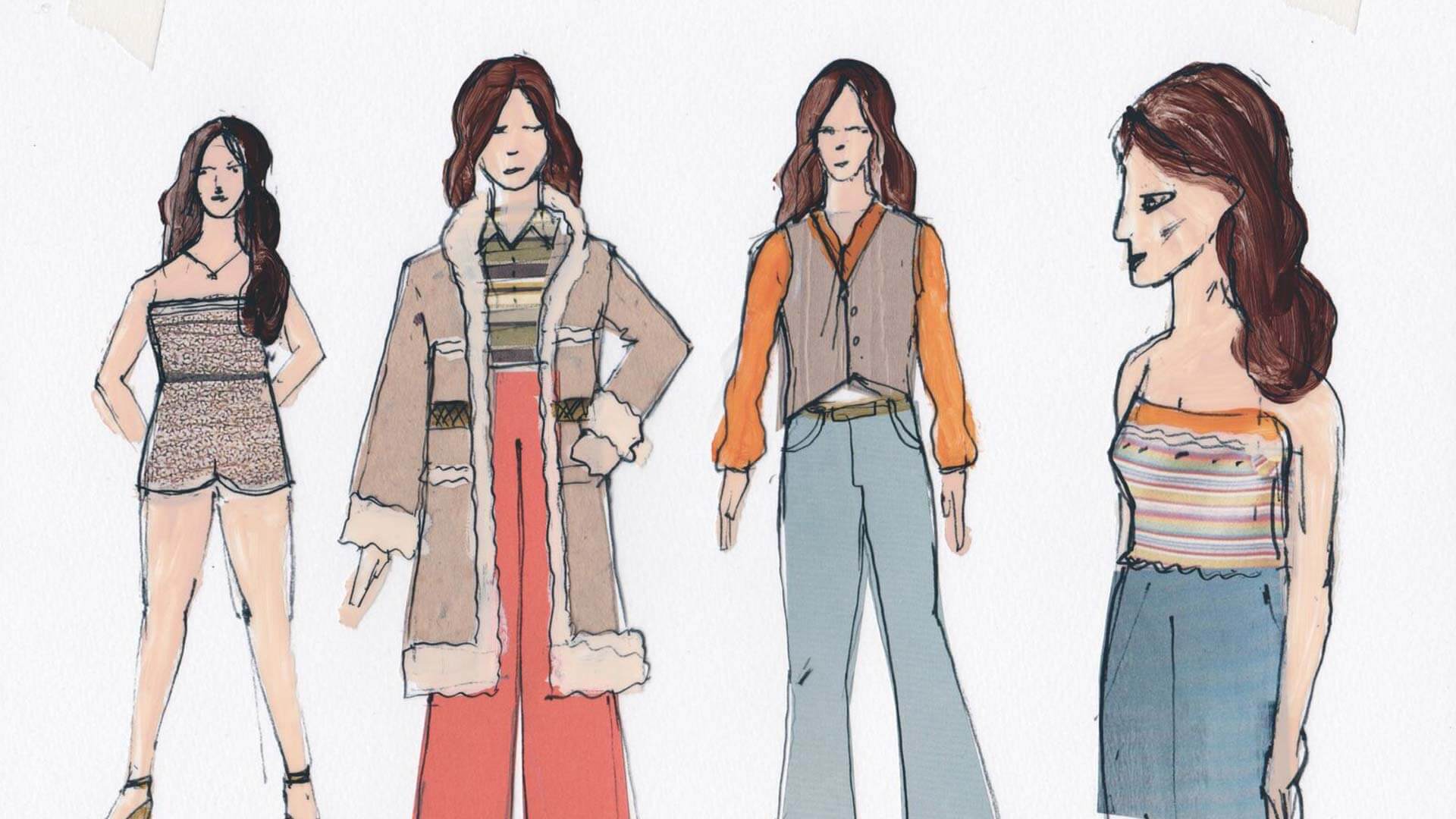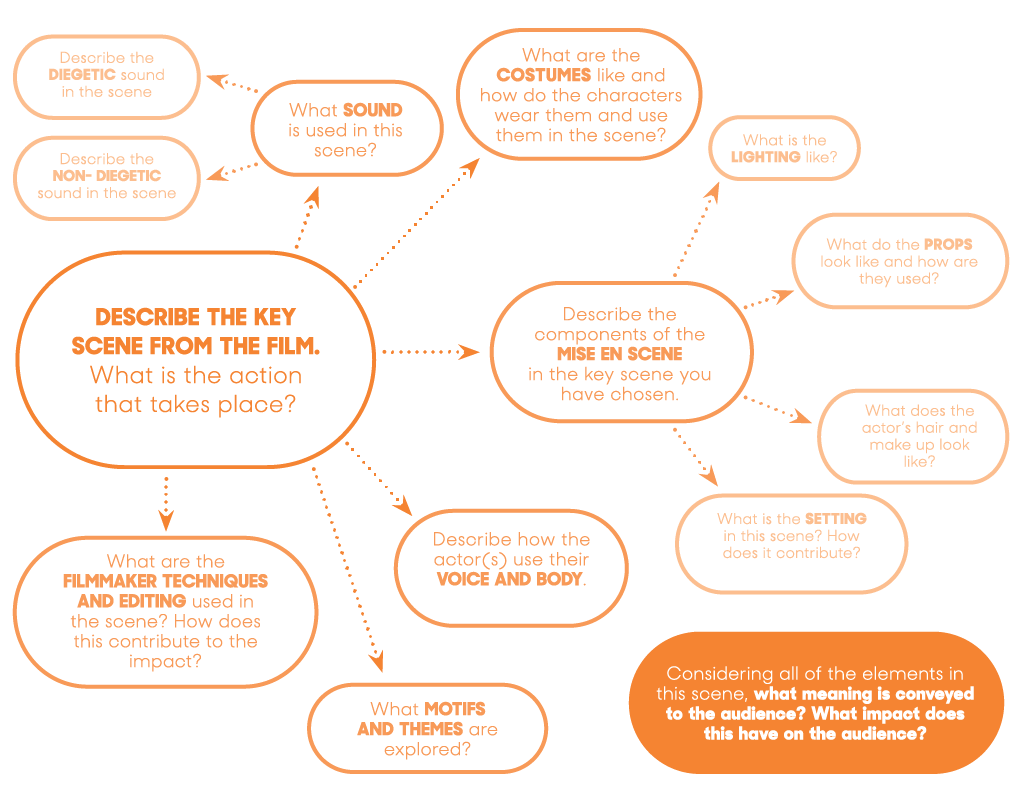Prepare
Years 9 and 10 Achievement Standard addressed
By the end of Year 10, students analyse how social and cultural values and alternative points of view are portrayed in media artworks they make, interact with and distribute. They evaluate how genre and media conventions and technical and symbolic elements are manipulated to make representations and meaning. They evaluate how social, institutional and ethical issues influence the making and use of media artworks. Students produce representations that communicate alternative points of view in media artworks for different community and institutional contexts. They manipulate genre and media conventions and integrate and shape the technical and symbolic elements for specific purposes, meaning and style. They collaboratively apply design, production and distribution processes.
Year 9 and 10 Media Arts content descriptions addressed
Experiment with ideas and stories that manipulate media conventions and genres to construct new and alternative points of view through images, sounds and text (ACAMAM073)
Manipulate media representations to identify and examine social and cultural values and beliefs, including those of Aboriginal and Torres Strait Islander Peoples (ACAMAM074)
Plan and design media artworks for a range of purposes that challenge the expectations of specific audiences by particular use of production processes (ACAMAM076)
Produce and distribute media artworks for a range of community and institutional contexts and consider social, ethical and regulatory issues (ACAMAM077)
Evaluate how technical and symbolic elements are manipulated in media artworks to create and challenge representations framed by media conventions, social beliefs and values for a range of audiences (ACAMAR078)
Analyse a range of media artworks from contemporary and past times to explore differing viewpoints and enrich their media arts making, starting with Australian media artworks, including media artworks of Aboriginal and Torres Strait Islander Peoples, and international media artworks (ACAMAR079)
Before viewing the film
Activity
This unit includes activities and assessment linked to the Australian Curriculum Media Arts year 9 and 10. Teachers can choose to use individual activities to complement existing film units or complete the entire unit of work with their students.
The learning activities can provide a structure to view and explore Girl Asleep with your students. They will provide opportunity for students to explore the film resources independently as well as generate class discussion and sharing of interpretations of the film.
Tune in
Introduce the term, ‘adolescence’ by providing students with its Oxford Dictionary definition. With the person next to them, ask students to consider what it means to be an adolescent.
Using Poll Everywhere, invite students to contribute adjectives to create a word cloud that describes adolescence. To do so, create and activate a word cloud poll and project the word cloud and URL link that students must use to submit their responses in real time.
Suggested Resource Links
Dictionary definition
Poll everywhere
Explore and Apply
In small groups, students will examine the representations of adolescents in Australian media texts. Each group will select, or be assigned to one of the following media texts:
- Puberty Blues (1981/ 2012-13)
- Boys in the Trees (2016)
- Looking for Alibrandi (2000)
- Dance Academy (2010-13)
- Lockie Leonard (2006-09)
- The Year My Voice Broke (1987)
- Ready for This (2015)
- Blue Water High (2005-08)
Students will research their chosen/assigned media text, collating information about plot lines, settings and character representations. Each group will select either the theatrical trailer or one short clip from the film/ television series to examine in greater depth.
To examine social and cultural values and beliefs and explore alternate points of view regarding adolescence, each student in their group will be assigned a different role. These roles may include: teacher, parent, teenager, police officer and politician. Students must then consider adolescence from the perspective of their assigned role. Individually, students will select a character from their group’s previously chosen/ assigned media text and write a paragraph from the perspective of their role (teacher, parent, teenager, police officer and politician), describing an interaction that they had with this character. When writing this paragraph, students are encouraged to write in first person and use descriptive language to establish how this adolescent character has been portrayed. Students will then present their paragraphs to the class.
Suggested Resource Links
YouTube
Screen Australia
Critique
In the same small groups as in the ‘Explore and Apply’ activities above, students will analyse the film elements (technologies and languages) in their previously chosen/ assigned media text video excerpt or trailer (see ‘Explore and Apply’ for full list). Each group will consider how the film elements have been used and manipulated to construct certain representations of adolescents. Before beginning to analyse the media text’s use of film technologies and languages, groups will select one representation of adolescents that is applicable to their film/ television series. This representation will be presented in the following format: Adolescents as (insert representation here). Representations may include: uncertain, naïve, insecure, emotional, anxious, irresponsible, ambitious, hard-working, lazy, entitled, resilient and narcissistic.
The following graphic organiser may assist students in analysing the media text’s use of film elements in constructing a particular representation of adolescents.
Create
Individually, students will storyboard one to three scenes, that could be seamlessly included in the media text that they have examined in the ‘Explore and Apply’ and ‘Critique’ activities above (see ‘Explore and Apply’ for full list of media texts). These storyboarded scenes must represent adolescents as: uncertain, naïve, insecure, emotional, anxious, irresponsible, ambitious, hard-working, lazy, entitled, resilient or narcissistic (students will select only one).
Students must consider the influence of social and cultural contexts and the role that these contexts play in shaping our knowledge and understanding of adolescence. This task will allow students to manipulate film technologies and languages to design and plan for a production that constructs a specific representation of adolescents.
Curriculum links
Experiment with ideas and stories that manipulate media conventions and genres to construct new and alternative points of view through images, sounds and text (ACAMAM073)
Manipulate media representations to identify and examine social and cultural values and beliefs, including those of Aboriginal and Torres Strait Islander Peoples (ACAMAM074)
Plan and design media artworks for a range of purposes that challenge the expectations of specific audiences by particular use of production processes (ACAMAM076)
Evaluate how technical and symbolic elements are manipulated in media artworks to create and challenge representations framed by media conventions, social beliefs and values for a range of audiences (ACAMAR078)
Analyse a range of media artworks from contemporary and past times to explore differing viewpoints and enrich their media arts making, starting with Australian media artworks, including media artworks of Aboriginal and Torres Strait Islander Peoples, and international media artworks (ACAMAR079)
After viewing the film
Tune-in
Using Girl Asleep: An Interactive Journey webpage, ask students to investigate the roles of the creative team of Girl Asleep. As a class, watch Director, Rosemary Myers speak about her experience in directing Girl Asleep.
Present the following quote from Rosemary Myers’ Director’s Statement to the class:
“We rely on our inventiveness and our audiences’ imagination to realise impossible things.”
Rosemary Myers (Director of Girl Asleep)
Ask students to identify which aesthetic features of the film were most imaginative and how audiences were able to make sense of these visuals. Students will use Padlet to submit their responses to be projected in the classroom in real time. Encourage students to consider visual symbolism and the important role that this played in communicating meaning in Girl Asleep.
Suggested Resource Links
Girl Asleep and Interactive Journey
Padlet
Explore and Apply
Introduce students to the concepts of denotation and connotation in deciphering symbolism with visual examples provided (see Suggested Resource Link). Show students clips from the film that use symbolism to communicate meaning (see Motifs section for examples of clips to show to students). Students are asked to identify the symbol/motif in each clip. In small groups, students will identify the denotation and connotation of each identified symbol/motif.
Individually, students will explore the themes in Girl Asleep (see themes section of this resource). Students will select one theme and create one A5 sized storyboard cell featuring a symbolic representation of this theme (note: this will be of the student’s imaginings and not of a symbol already included in the film). This storyboard cell will be accompanied by a brief explanation of the symbol’s denotative and connotative meanings and its relevance to the selected theme.
Suggested Resource Link
Connotation and Denotation
Critique
Students will identify the intended audience for Girl Asleep by reviewing the film’s classification code, the subject matter that it explores and the representations that it constructs.
With the person next to them, ask students to consider which film elements (languages and technologies) are most effective in appealing to the film’s intended audience. Each student will select one film element (mise en scene, colour schemes, lighting, composition, camera angles, shot types, camera movements, costumes, sound, editing, special effects, time, movement, etc.) and write a 30 second speech persuading the class that their chosen film element is most effective in engaging the film’s intended audience. Students will present one point to support their choice with explanation and evidence (examples) provided. Encourage students to reflect on social and cultural contexts, values and beliefs when considering audiences’ responses to Girl Asleep. The following structure may assist students in completing this task:
- Point: The most effective film element in appealing to the intended audience for Girl Asleep is (insert chosen film element here).
- Explanation: The intended audience will find this element most engaging because (provide explanation here).
- Evidence: An example of the effectiveness of (insert chosen film element here) in engaging viewers can be seen in Girl Asleep when (provide details of chosen example and discuss how this supports your point and explanation).
To reflect on theirs and their classmates’ presentations, students will vote for the most effective film element in engaging audiences of Girl Asleep by completing a survey response on Poll Everywhere. Results will be projected in the classroom for students to see.
Suggested Resource Link
Poll everywhere
Create
Students prepare a film “pitch” for Girl Asleep to present to Screen Australia, acting as though the film has not yet been made. Students will assume the role of film writer when preparing and presenting this pitch. The Girl Asleep film pitch will provide details of the proposed funding model, with consideration of the role political and economic institutions play in the production and distribution of Australian films. This pitch will also evaluate the film’s proposed representations of adolescence and justify its expected success with the film’s intended audience. The scaffold for this film pitch is included below.
Structure for Girl Asleep Film Pitch for Media Arts
Opening Paragraph
Introduce yourself to Screen Australia and state the feature film for which you are asking financial support.
Who has written the screenplay for Girl Asleep?
Whom have you secured to direct Girl Asleep?
How long will this feature film be?
Discuss and describe how the feature film will represent adolescence.
First Paragraph
Describe the storyline of your feature film – what happens in this film (synopsis)?
Second Paragraph
[Include graphs/charts/visual representations for your financial figures]
What investment from Screen Australia are you seeking for Girl Asleep? (Refer to Girl Asleep information in this guide pertaining to funding *hint: did you know?)
Does this contribution from Screen Australia qualify as a grant or investment?
What overall budget are you predicting for Girl Asleep?
From whom have you secured funding so far? (Which other production companies/corporations?)
What percentage of the total budget are these other production companies/corporations contributing?
What percentage of the total budget are you asking Screen Australia to contribute?
What is the maximum percentage that Screen Australia will contribute to the total budget of a feature film?
What other guidelines must you abide by in order to gain funding from Screen Australia? (Consider financial plan and the five criteria for the assessment process)
Briefly describe how your feature film satisfies the five assessment criteria that Screen Australia will consider in the assessment process.
Third Paragraph
What is the classification (rating) for this film both nationally and internationally?
Who are the target demographic for this film?
Whom have you secured for the main roles in this feature film (casting)?
Fourth Paragraph
What representation of adolescence will Girl Asleep construct?
How will Girl Asleep construct this representation? (consider film languages and technologies and use specific examples as evidence)
Why is it important for the intended audience of Girl Asleep to view this representation of adolescence? (consider social and cultural contexts, values and beliefs)
Concluding Paragraph
Summarise your key points:
What funding are you seeking from Screen Australia to produce Girl Asleep?
What representations of adolescence will this film construct and why is it important that the film’s intended audience view these representations?
Curriculum links
Produce and distribute media artworks for a range of community and institutional contexts and consider social, ethical and regulatory issues (ACAMAM077)
Evaluate how technical and symbolic elements are manipulated in media artworks to create and challenge representations framed by media conventions, social beliefs and values for a range of audiences (ACAMAR078)
Analyse a range of media artworks from contemporary and past times to explore differing viewpoints and enrich their media arts making, starting with Australian media artworks, including media artworks of Aboriginal and Torres Strait Islander Peoples, and international media artworks (ACAMAR079)
